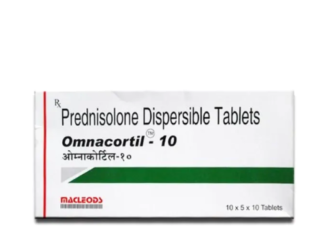INTRODUCTION
Suboxone medication used to treat opioid addiction. It contains two active ingredients, buprenorphine and naloxone, which work together to reduce cravings and prevent withdrawal symptoms. While Suboxone is an effective treatment for opioid addiction, it can also cause side effects and withdrawal symptoms. Here’s what you need to know about managing Suboxone side effects and withdrawal symptoms.
Common Suboxone Side Effects
Suboxone can cause a range of side effects, including:
- Nausea
- Vomiting
- Constipation
- Headache
- Sweating
- Insomnia
- Dizziness
- Dry mouth
- Anxiety
These side effects are usually mild and go away on their own after a few days or weeks. However, if you experience severe or persistent side effects, you should talk to your doctor.
Managing Suboxone Side Effects
Here are some tips for managing Suboxone side effects:
Stay hydrated: Drink plenty of water to prevent constipation and dry mouth.
Eat a healthy diet: Eat a balanced diet that includes plenty of fiber to prevent constipation.
Take Suboxone as directed: Take Suboxone exactly as prescribed by your doctor. Do not take more or less than prescribed.
Avoid alcohol and other drugs: Do not drink alcohol or use other drugs while taking Suboxone. This can increase the risk of side effects and overdose.
Talk to your doctor: If you experience severe or persistent side effects, talk to your doctor. Your doctor may be able to adjust your dosage or prescribe a different medication.
Suboxone Withdrawal Symptoms
Suboxone withdrawal symptoms can occur when you stop taking the medication or reduce your dosage. Withdrawal symptoms can be uncomfortable, but they are usually not life-threatening. Common Suboxone withdrawal symptoms include:
- Nausea
- Vomiting
- Diarrhea
- Abdominal pain
- Muscle aches
- Anxiety
- Insomnia
- Sweating
- Chills
Managing Suboxone Withdrawal Symptoms
Here are some tips for managing Suboxone withdrawal symptoms:
Taper off Suboxone: Work with your doctor to gradually reduce your Suboxone dosage over time. This can help minimize withdrawal symptoms.
Stay hydrated: Drink plenty of water to prevent dehydration.
Eat a healthy diet: Eat a balanced diet that includes plenty of vitamins and minerals to support your body during withdrawal.
Get plenty of rest: Rest as much as possible to help your body recover.
Seek support: Talk to your doctor or a counselor about your withdrawal symptoms. They can provide support and advice on managing your symptoms.
In conclusion,
Suboxone is an effective treatment for opioid addiction, but it can cause side effects and withdrawal symptoms. By following these tips for managing Suboxone side effects and withdrawal symptoms, you can minimize discomfort and support your recovery. Remember to always talk to your doctor if you experience severe or persistent side effects or withdrawal symptoms.





